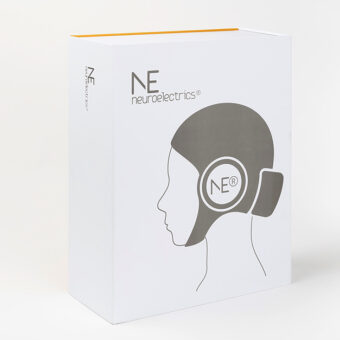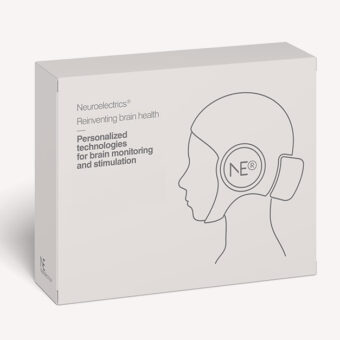Introduction
Manufacturers that want to place new medical devices or new in vitro diagnostic medical devices in the EU must satisfy the requirements stated in Regulations (EU) 2017/745 (MDR), respectively.
MDR replaced the previous directives 93/42/EEC (medical devices directive, MDD) and 90/385/EEC (active implantable medical devices directive, AIMDD). For this reason, medical devices that are covered by a valid certificate issued in accordance with previous directives must become certified under MDR. This process is commonly known as MDR transition.
Since the implementation of a new legal framework is not a straightforward and fast process, there is a transition period for manufacturers to adapt to the new legislation in a timely manner. That is the reason why we currently find in the market what are known as “legacy devices”: medical devices covered by a valid certificate issued in accordance with previous directives after the date of application of MDR.
A brief recap on MDR transition
The MDR was published in 2017, and its initial date of application was three years after (2020). Due to the COVID pandemic, this date was postponed to May 26th, 2021. Nevertheless, due to the amount of devices to be certified and the limited number of accredited notified bodies, the expected scenario was of shortages of medical devices. This situation led to the approval of the Amending Regulation (EU) 2023/607, which extended the transitional period already published, so that devices under MDD may remain for a longer period in the EU market. However, this extension is subject to certain conditions to be met by the manufacturers.
Key aspects to know about the Implementation of Regulation (EU) 2023/607
The Amending Regulation (EU) 2023/607 updates paragraphs 2 to 4 of Article 120 of (EU) 2017/745, which addresses the transitional provisions. In summary, it establishes that legacy devices that had a valid CE mark certificate issued under the Directives prior to 26 May 2021 and that have not been withdrawn, can be placed in the market after May 2024 if certain conditions are fulfilled.
Which conditions need to be fulfilled to benefit from the extended MDR transition period?
In summary, the general elements that the manufacturer must ensure to transition to MDR their legacy devices are:
- Those devices continue to comply with MDD.
- There are no significant changes in the design and intended purpose.
- The devices do not present an unacceptable risk to the health or safety of patients, users, or other persons, or to other aspects of the protection of public health.
- The manufacturer has put in place a quality management system in accordance with MDR.
- The manufacturer has lodged a formal application with a notified body in accordance with MDR for conformity assessment in respect of a legacy device.
- No later than 26 September 2024, the notified body and the manufacturer have signed a written agreement in accordance with MDR.
What happens with expired certificates?
By law, the certificate’s validity is extended if the conditions are met and no new certificates under MDD/AIMDD can be issued. Nevertheless, other supporting documentation, such as the manufacturer’s self-declaration and the Notified Body’s Confirmation Letter—for which templates have been made available by the EU commission—can be provided to confirm that the manufacturer has fulfilled the necessary obligations.
So… when does the extension period end?
The extension of the period depends on the risk classification of the device, which is from safer to riskier, classes I, IIa, IIb, or III.
- For all class III devices, and class IIb implantable devices except sutures, staples, dental fillings, dental braces, tooth crowns, screws, wedges, plates, wires, pins, clips, and connectors: 31 December 2027.
- For other class IIb devices, and classes IIa and I devices placed on the market in sterile condition or having a measuring function: 31 December 2028.
Neuroelectrics fulfills the conditions laid down in the Amending Regulation (EU) 2023/607 for the Enobio devices to keep the CE marking until they have transitioned into MDR.
You can find in our website the Enobio EEG devices.
Conclusion
This extension enables both Notified Bodies and manufacturers to comply with the MDR, ensuring a smooth transition of legacy devices while avoiding shortages and health risks. The implementation of Regulation (EU) 2023/607 will increase the capacity of Notified Bodies to conduct conformity assessments for both legacy and new devices entering the EU market. Additionally, manufacturers will be better prepared to meet the new requirements according to the plan agreed with the notified bodies and a compromise to have a quality management system according to MDR in place.
References:
- EC (2024). Extension of the MDR transitional period and removal of the ‘sell off’ periods_Rev02
- Regulation (EU) 2023/607
- MDCG 2021-25 – Regulation (EU) 2017/745 – application of MDR requirements to ‘legacy devices’ and to devices placed on the market prior to 26 May 2021 in accordance with Directives 90/385/EEC or 93/42/EEC



